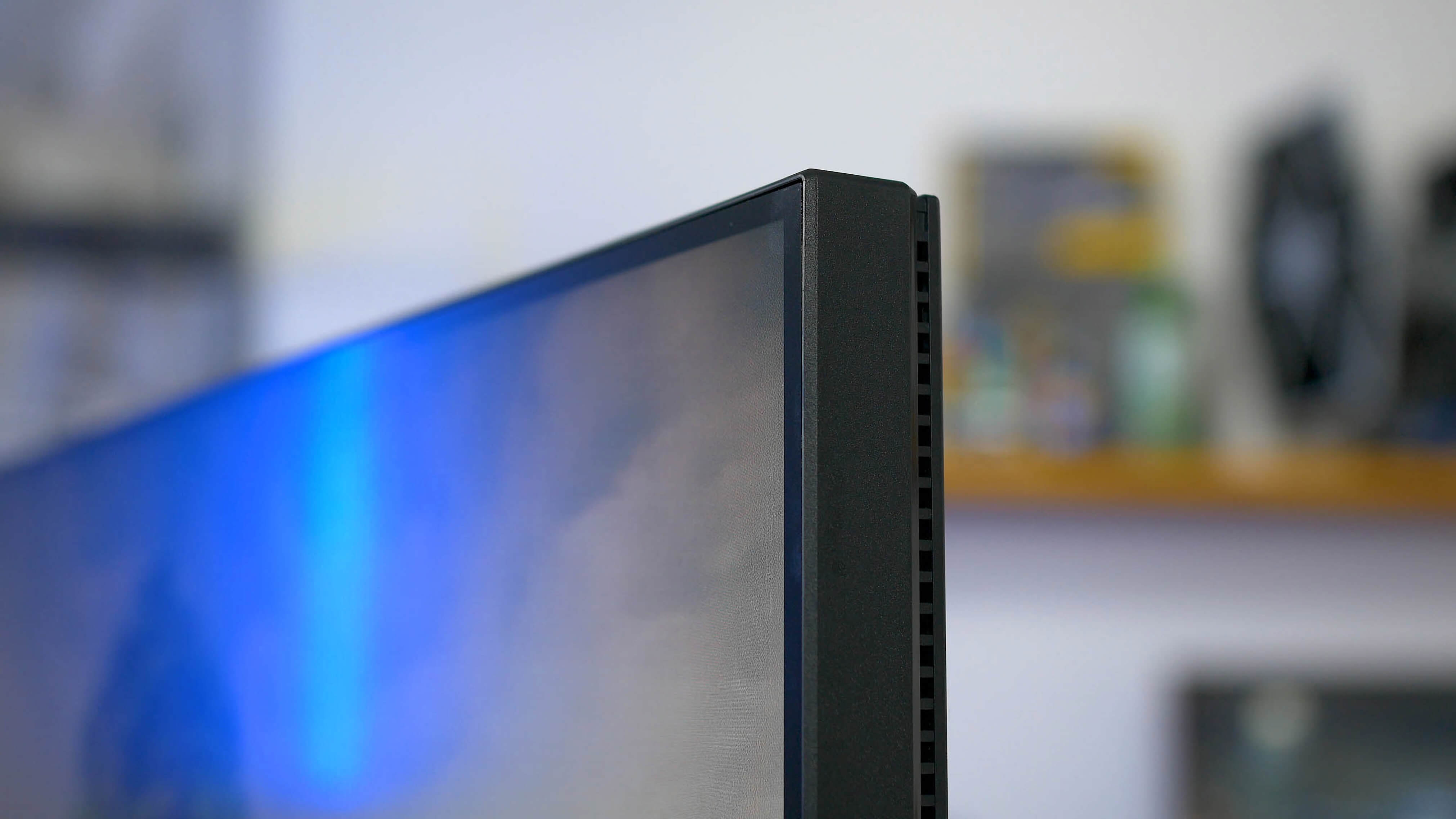
EarthDog and I are in complete agreement here! My LG 4K OLED TV is pushing 2 1/2 years old and stays on HLN for hours every day. I see no burn in or blue pixel fade or any of the [so called] problems people keep complaining about. No doubt this is due, in part, to advances in OLED technologies, but also due to the built in features of the set that are designed to prevent and mitigate such problems. One of those features LG calls "Screen Shift". It moves the display a few pixels left, right, up or down at regular intervals to preserve image quality. Another feature detects static logos that ESPN, HLN, airport weather and other channels might constantly display and decreases the brightness of those pixels. Pretty clever if you ask me.
So based on my own experience, I can only assume such complaints we keep hearing about are made by those who don't own an OLED and instead, are made by those who are just repeating what they heard about early generation OLEDs.

That fact is, the vast majority of OLED users won't experience those problems. You would not use an OLED for a POS terminal (like a cash register monitor), but for most "normal" computer users, you could. It's just like those who keep talking and complaining about write limitations on SSDs. That was a problem with first generation SSDs, not today's - not for the vast majority of "normal" users. And by normal, I mean 99% of us.
I suspect the reason we don't see more OLED computer monitors simply boils down to costs. OLEDs tend to cost more because production costs are higher.
*****
I do have one complaint about that TechSpot review - though it is about monitor reviews in general, not meant to focus on TechSpot.
I keep reading about viewing angles - about how IPS have the best viewing angles, TN panels having lousy viewing angles and VA sitting somewhere in the middle. Are viewing angles really that important with computer monitors? I don't believe so.
How many computer users sit off to the side of the computer monitors? I don't know of any who do. Even those (like me) with multi-monitor setups, my main monitor sits directly in front of me and my secondary monitor(s) are angled at me so when I turn to look at the secondary monitors, they too are directly in front me.
For a TV in a living room where there will be multiple viewers sitting in a wide arc in front of the TV, then of course, viewing angles are very important. But computer users sit directly in front of their monitors, not off to the side, way above, or way below.
I'm just saying I think computer monitor reviews put way too much emphasis on viewing angles.
BTW, if you are a computer user who doesn't sit directly in front of your monitor for some add reason, OLED displays have excellent viewing angles!


 www.techspot.com
www.techspot.com







